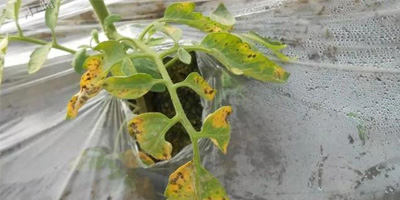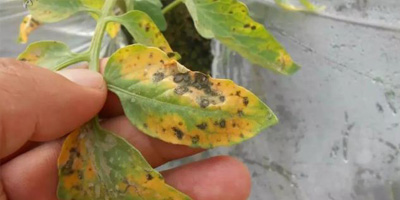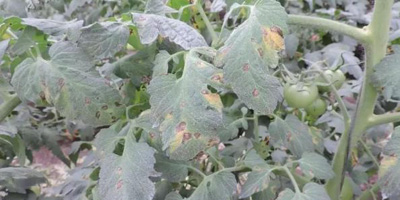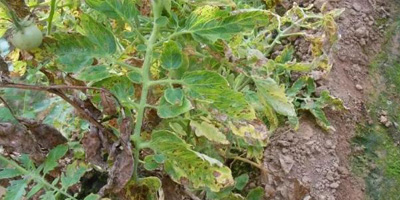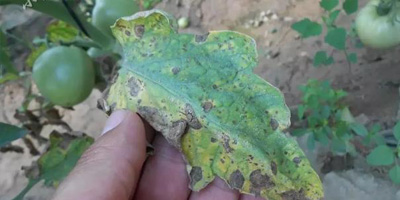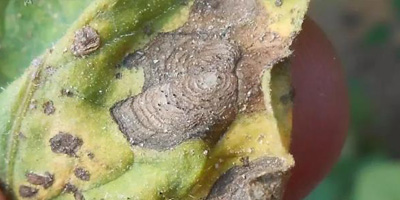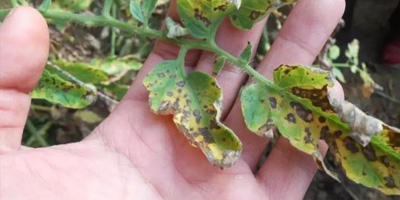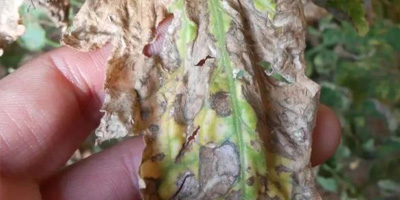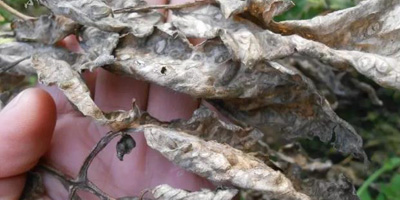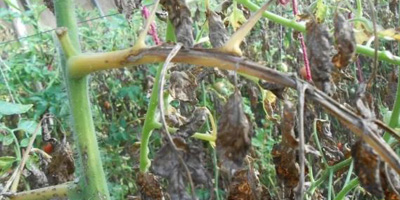How to prevent tomato early blight?
Tomato early blight is a common disease of tomatoes, which can occur in the middle and late stages of tomato seedling, generally in the case of high humidity and weak plant disease resistance, it can harm the leaves, stems and fruits of tomatoes after occurrence, and even lead to serious tomato seedlings.
1, tomato early blight can occur at the seedling stage, so we must do a good job of prevention in advance.
2, when the plant is affected by adversity, the general leaf will show yellowing, dark spots, leaf rolling and other symptoms, in this case, tomato disease resistance decreased, early disease bacteria take the opportunity to infect the damage.
3, tomato early disease spots early for brown spots, sometimes there will be a yellow halo around the spot, the junction of disease is relatively obvious, the shape of the spot is generally circular
4, tomato early blight generally starts from the lower leaves, and then gradually spread upward, especially the lower leaves are not knocked off in time (the actual operation is reasonable according to the situation, generally leave about 2 leaves on an ear of fruit) the plot is easy to occur, because in this case will form a small environment of closed high humidity, tomato early blight and other diseases are very easy to occur.
5, tomato early blight occurs in the middle and late stages of the leaves will be mixed with different periods of disease spots, these spots will break in the case of dry.
6, tomato early blight spots in the middle and late stage of the wheel pattern appears, the wheel pattern will appear small black spots, these small black spots are early blight bacteria conidium, which contains conidium, conidium can be spread with air, water, insects and other media to healthy tissue continue to harm.
7, after the occurrence of tomato early disease, if the control is not timely or the prevention method is not correct, the disease spot will expand and then join into a large.
8, connected into a piece of early blight, the tomato leaves basically lost function.
9,The leaf death caused by early blight can be seen in the figure.
10. Tomato early blight leads to seedling pulling.
Prevention and treatment of early blight of tomato
Early blight of tomato can be controlled by the following methods:
1. Seed and soil disinfectionBefore changing the crop, the tomato residue should be cleaned up, and the soil should be disinfected. The tomato seeds also need to be disinfected with warm soup soaking and pharmaceutical soaking.
2, avoid the field closed high humidityRemove the old leaves of the lower part of the tomato in a timely and reasonable manner to ensure the relative dryness of the field and create conditions that are not suitable for the occurrence of early blight.
3, improve tomato disease resistanceAccording to the characteristics of tomato’s need for fertilizer and water, reasonable supplement of fertilizer and water can ensure the healthy growth of tomato and improve the ability of tomato to resist early blight. In addition, the use of plant immune activators such as the activation protein of very fine chain spora can effectively activate the immune system of tomato, and then improve the ability of tomato to resist early blight from the inside out.
4, accurate selection of agents for prevention and controlAt the early onset of early disease, traditional multi-site fungicides such as chlorothalonil, mancozeb and copper preparations are selected. Methylic acrylate fungicides such as pyrimidon and pyrimidon can be used. In the middle of early disease onset, it is necessary to remove the diseased tissue first, and then use traditional multi-site fungicides + Pyrimidon/pyrimidon + phenacetocyclozole/pentazolol for prevention and control (compound preparations such as benzotrimethuron, pentazole, fluorobacterium oximide, etc.), with an interval of about 4 days Continue to use more than 2 times, when the disease is controlled to normal management, to ensure that the spray is uniform and thoughtful.
